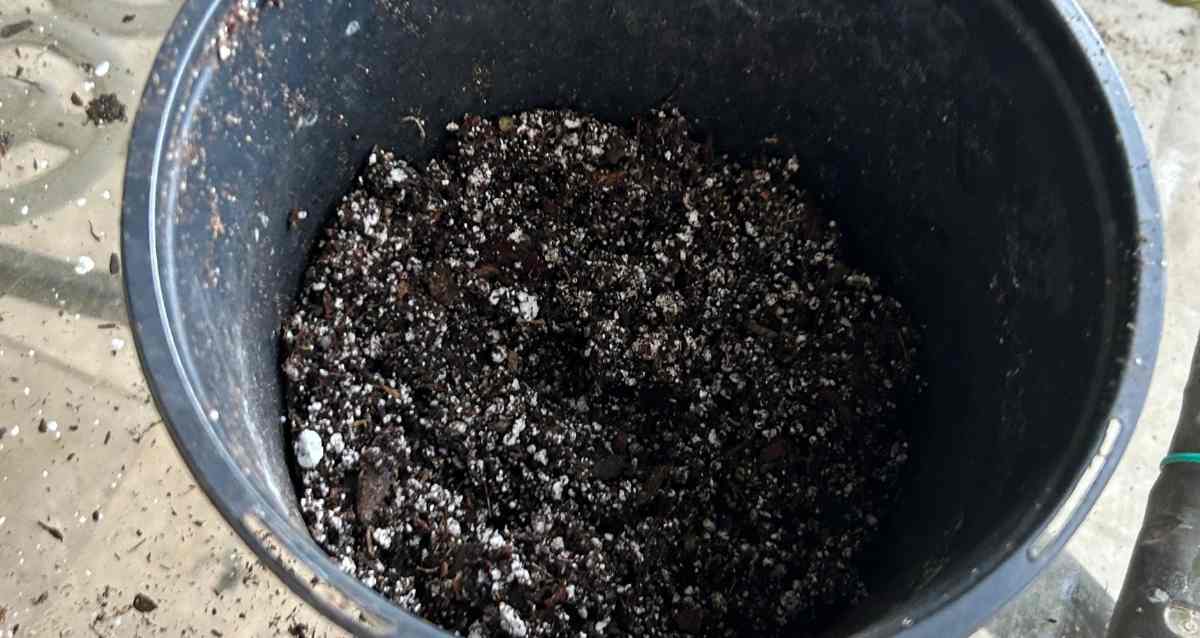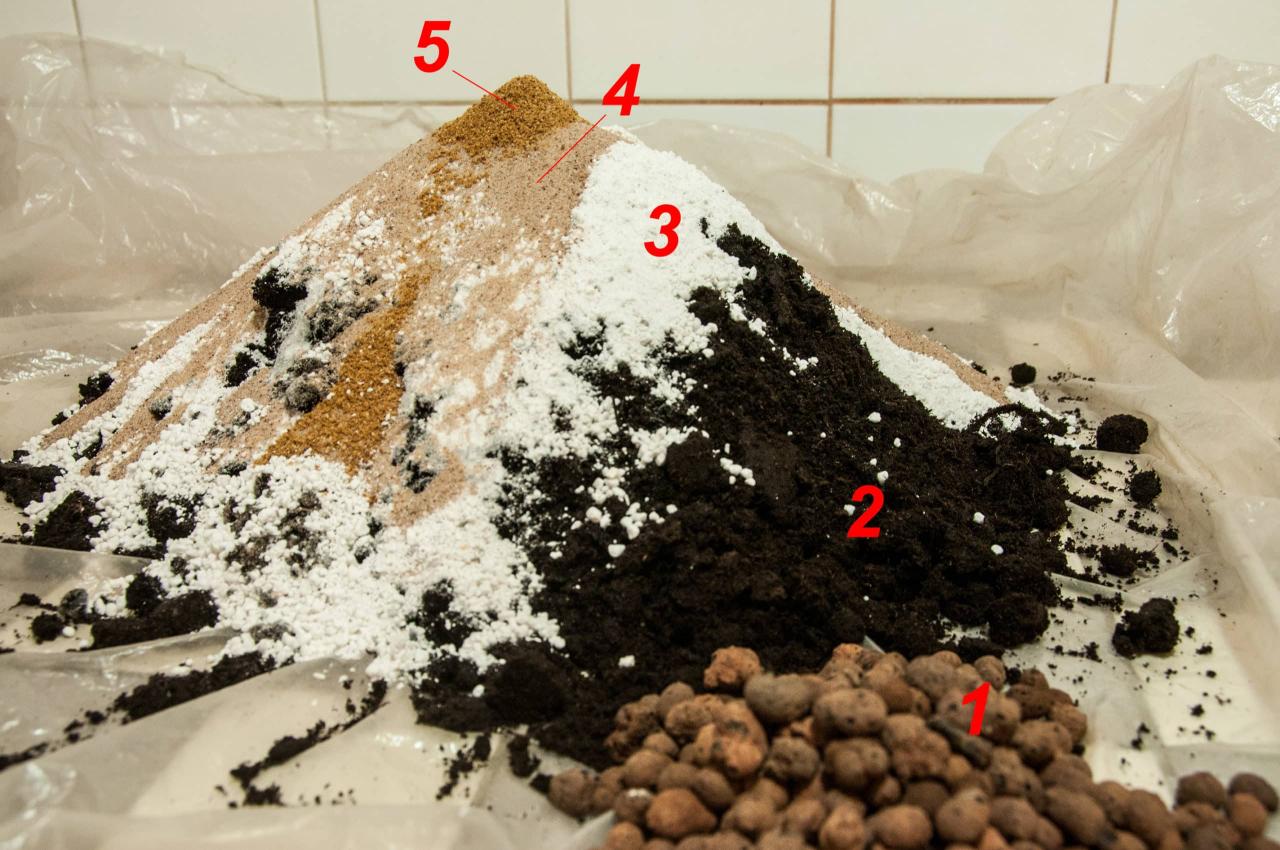Plumeria, often known for its beautiful and fragrant flowers, has become a popular choice for many gardeners and plant enthusiasts. To ensure these stunning plants thrive, it’s essential to use the right soil mixture. A proper plumeria soil mixture not only provides adequate drainage but also promotes healthy root growth. In this blog post, we will dive deep into the perfect plumeria soil mixture, including the components, preparation methods, and tips for maintaining the right conditions for your plumeria plants. 🌺
Understanding Plumeria: A Quick Overview
Before we delve into the specifics of soil mixtures, it’s vital to understand what plumeria plants are and their growing requirements. Plumeria, a member of the Apocynaceae family, is native to tropical and subtropical regions. Known for their stunning flowers, which come in various colors, plumeria plants can grow as small shrubs or large trees depending on the variety.
Why Soil Quality Matters for Plumeria
Soil quality plays a significant role in the overall health of plumeria plants. The right soil mixture will ensure that the roots receive necessary nutrients, adequate moisture, and proper drainage. Poor soil can lead to root rot, stunted growth, or even plant death. Understanding the basic components of a successful plumeria soil mixture is essential for every gardener.
Key Components of a Plumeria Soil Mixture

Creating an ideal soil mixture for plumeria involves understanding the key components that contribute to healthy growth. Here are the main ingredients to consider:
| Component | Purpose |
|---|---|
| Potting Soil | Provides a base that holds some moisture and nutrients. |
| Perlite | Improves aeration and drainage in the soil. |
| Pumice | Enhances drainage and prevents soil compaction. |
| Coconut Coir | Retains moisture and adds organic matter. |
| Sand | Further increases drainage and reduces weight. |
Choosing the Right Potting Soil
When selecting potting soil, opt for a mix that is specifically formulated for tropical plants. This type of potting soil typically includes a blend of peat moss, bark, and other organic materials that aid in moisture retention while providing good drainage.
> Important Note: Always avoid using garden soil for potted plumeria, as it can lead to compaction and poor drainage.
Utilizing Perlite and Pumice
Both perlite and pumice are lightweight, volcanic materials that improve soil aeration and drainage. Their unique properties help create a fluffy soil mixture, which is essential for the healthy growth of plumeria roots. 🌿
Step-by-Step Guide to Preparing Plumeria Soil Mixture
Creating your plumeria soil mixture is an easy process. Follow these steps to ensure you mix the right components:
Step 1: Gather Your Materials
- Potting soil
- Perlite
- Pumice
- Coconut coir
- Sand
Step 2: Mix the Components
The ideal ratio for a plumeria soil mixture generally includes:
| Component | Ratio |
|---|---|
| Potting Soil | 40% |
| Perlite | 20% |
| Pumice | 20% |
| Coconut Coir | 10% |
| Sand | 10% |
Combine all the materials in a large container or wheelbarrow. Mix them thoroughly until evenly distributed. This ensures that every part of your soil mixture has the proper balance of nutrients and drainage capabilities.
Step 3: Test the Mixture
Before planting your plumeria, conduct a water retention test. Take a small handful of the mixture and add water. It should retain some moisture without becoming overly saturated. If the mixture holds too much water, consider adding more perlite or sand to improve drainage.
Planting Plumeria: Tips and Techniques: Plumeria Soil Mixture
Once your plumeria soil mixture is ready, you can proceed to plant your plumeria. Here are some essential tips:
Choosing the Right Pot
Select a pot with drainage holes to allow excess water to escape. This is crucial in preventing root rot, a common issue for plumeria due to overwatering.
How to Plant Plumeria, Plumeria Soil Mixture
1. Fill the pot with the prepared soil mixture, leaving enough space for the plumeria cutting or young plant.
2. Gently place the cutting or plant into the pot, ensuring that it is upright and centered.
3. Fill in around the plant with more soil mixture, pressing lightly to secure it.
4. Water the plant thoroughly, allowing excess water to drain out of the bottom of the pot. 💧
Caring for Your Plumeria Plant

Now that your plumeria is planted, proper care is essential to its growth and flowering. Here are some key elements to focus on:
Watering Requirements
Plumerias require well-draining soil and should only be watered when the top inch of soil feels dry to the touch. Overwatering can lead to root rot, while underwatering may stunt growth. The key is to find a balance that keeps the plant hydrated without waterlogging the soil.
Fertilizing Your Plumeria
Fertilizing plumeria is necessary for healthy growth and flowering. Use a balanced fertilizer with equal parts nitrogen, phosphorus, and potassium. A general rule of thumb is to fertilize every 4 to 6 weeks during the growing season, typically from spring to early fall.
Pruning and Maintenance
Regular pruning encourages bushier growth and removes any dead or diseased branches. Always use clean, sharp tools to prevent infection. When pruning, consider the natural shape of the plant to maintain its aesthetic appeal.
Common Issues and Solutions
While plumerias are relatively easy to care for, they can face some challenges. Here are common problems and their solutions:
Yellowing Leaves
Yellow leaves are typically a sign of overwatering or nutrient deficiency. Ensure the soil drains well and consider adjusting your watering schedule. If nutrient deficiency is suspected, provide appropriate fertilization.
Pests and Diseases
Common pests that affect plumeria include aphids and mealybugs. Regularly inspect your plants and treat infestations promptly with insecticidal soap or neem oil. Additionally, fungal infections can be prevented by ensuring good air circulation and avoiding overhead watering.
Flowering Issues
If your plumeria is not flowering, it may be due to insufficient sunlight or a lack of nutrients. Ensure your plumeria receives at least 6 hours of direct sunlight daily and adjust your fertilization routine as needed. 🌞
Conclusion
Creating the perfect plumeria soil mixture is vital for healthy growth and vibrant flowers. By understanding the components and following the steps to prepare your soil, you can ensure your plumeria plants thrive in their environment. With the right care, you will be rewarded with stunning blooms that brighten your garden and home. Happy gardening! 🌼
